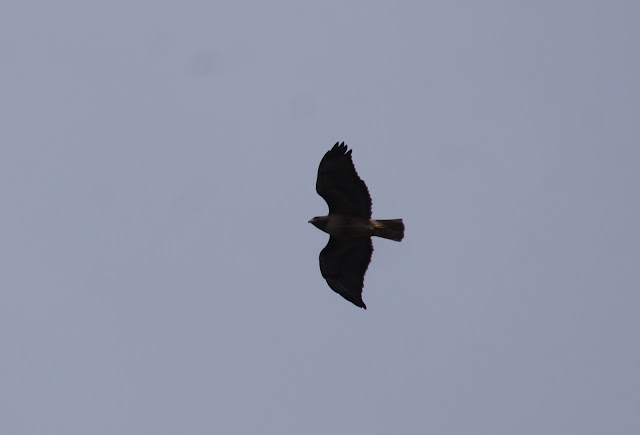Date: December 27, 2012
Place: Cibola National Wildlife Refuge, Arizona
Visitor Center coordinates: 33.36337, -114.66931
Trailhead coordinates: 33.36511, -114.67808
It was only a matter of time before I started including out-of-California posts in this blog. This is the first one, about Cibola National Wildlife Refuge, on the Arizona side of the Colorado River.
After we discovered
Colusa and the National Wildlife Refuge (NWR) system, we keep looking for them along every vacation route we take. They provide a combination of some nice and easy hiking trails with great opportunities for wildlife viewing, with a birding car tour to satisfy the bird watchers in our family :-)
On our last winter road trip to the deserts of Southern California, we decided to cross the border to Arizona to check out the refuges on the eastern side of the Colorado River.
 |
| A green parch in a brown desert - the crane fields. |
Our original plan was to visit both Imperial and Cibola NWRs. However, considering that it would have taken us about 2.5 hours to get from one to the other, we sadly decided that Imperial NWR would have to wait for another trip to the area.
 |
| Canada geese swarming the air above the refuge |
We left Brawley in the morning and after a quick stop at the
Imperial Dunes we crossed the Colorado River south of Blythe and made it to Cibola NWR at about noon, just when the visitor center was closed for a lunch break.
 |
| Some time later - the gaggle of Canada geese at rest. |
Behind the visitor center there is an observation deck from which we watched a huge gaggle of Canada geese flying over and over the refuge area with great noise. At first we thought that some bird of prey scared them into the air but a local person who came by told us that the geese do that fly at the same time every day.
|
|
A White-crowned Sparrow by the water
|
We had a picnic lunch ourselves and took the car on the birding tour. We parked at the trailhead and took the foot trail.

The first part of the trail stretches along a water canal. On both sides there are large bushes that at the time we were there were shedding enormous amounts of fluff-covered seeds.

The fluff is the plant's mechanism of seed dispersal, as they are carried away by the wind. The chikas had a great time shaking the bushes and so 'helping' them disperse their seeds even more. I stopped them when I realized that many of these seeds were about to be carried away in our clothes and hair.

Every now and then we would see an opening in the bushes and go to observe the canal. The birds preferred to be in a different place.

Although the end of December is a bit late for Fall, the poplars wore full Fall colors. I always enjoy these, even off season.
We turned with the trail into a poplar grove, where we could hear many little song birds. It is very difficult to get good photographs of these birds but Papa Quail has a lot of patience.
I didn't try that hard. Canada Geese in flight are much easier to photograph.

The poplars still had all their leaves on. In a hot day I might have been thankful for that, but despite the sun and clear skies, it was quite a chilly day.

The little chika kept robbing me of my camera throughout the walk. She can photograph quite well, my little one. Her main subject isn't nature, though, but her sister and parents in funny positions.
The foot trail isn't long and was over way too quickly for me. We entered the car and continued our birding tour.
There are burrowing owls in Cibola NWR - they nest in man-made tubes that are placed there to protect them from coyote raids. We saw two owls, but they were too far to get a good photo of them. But further along the road we got to see an osprey busy with its catch:

The road goes around tended fields. Birds weren't the only wildlife enjoying the greenery:

The tending of these fields is done for the benefit of one species in articular - the sandhill crane.
I was very glad to see the sandhill cranes again.
 |
| Sandhill cranes |
The sandhill cranes arrive from the north to spend the winter in warmer climate. We've seen them in large numbers earlier that year in the
Central Valley around Lodi. They do go even more south, and a population of them over-winters in the area of Cibola and Imperial NWR. The cranes we've seen were the greater subspecies. There were not very many of them - maybe we should have stayed until sunset to see more - but they seemed much less skittish than the cranes in Lodi, and we could get much better photographs of them.
I particularly liked this family - mother, father and youngster - that stayed very close to our car, even if somewhat hidden in the cornfield.

We admired them for a long time, but eventually, like all good things, we had to say goodbye and go our separate ways. They walked majestically away and we drove into the sunset to spend another night in Brawley.
 |
| Have a good flight back to Alaska! |




























































